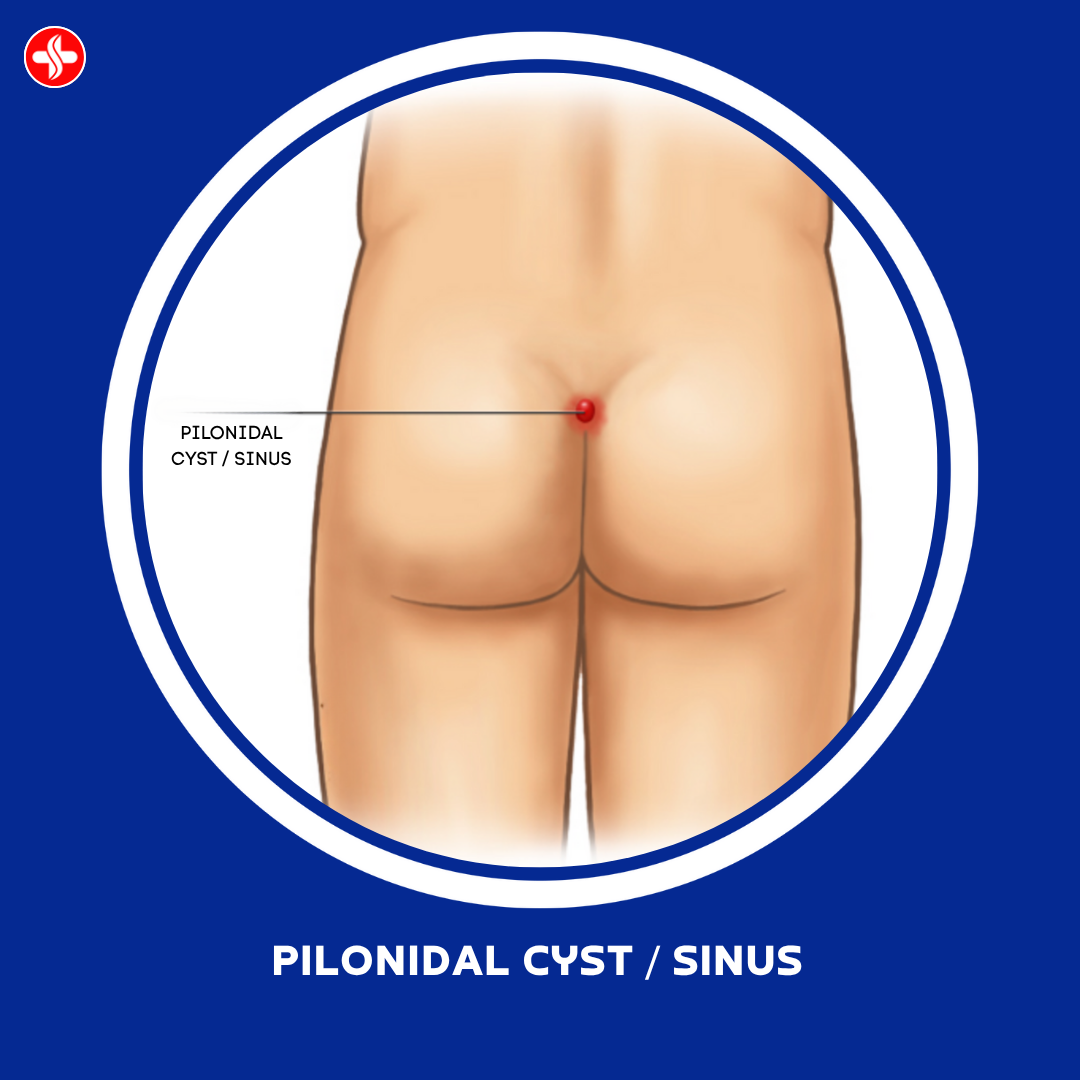Introduction:
Dealing with piles, also known as hemorrhoids, can be a challenging and uncomfortable experience. When conservative treatments fail to provide relief, piles surgery becomes a viable option. In this blog post, we’ll delve into the details of how piles surgery is performed, shedding light on the procedures involved and the recovery process.
Types of Piles Surgery:
There are various surgical procedures available for treating piles, and the choice depends on the severity and type of hemorrhoids. The two most common types of piles surgery are:
- Hemorrhoidectomy:
- This is a traditional surgical approach involving the removal of swollen hemorrhoidal tissue.
- The patient is usually placed under general anesthesia to ensure comfort during the procedure.
- The surgeon makes incisions around the hemorrhoids and removes the excess tissue.
- Sutures or surgical staples may be used to close the incisions, promoting healing.
- Minimally Invasive Procedures:
- These procedures include techniques like rubber band ligation, sclerotherapy, and laser coagulation.
- Rubber band ligation involves placing a rubber band around the base of the hemorrhoid to cut off its blood supply, causing it to shrink and fall off.
- Sclerotherapy involves injecting a solution into the hemorrhoid, leading to its shrinkage over time.
- Laser coagulation employs laser energy to vaporize or shrink the hemorrhoidal tissue.
The Surgical Process:
- Preparation:
- Before the surgery, the patient undergoes a thorough examination and may be required to follow certain dietary and lifestyle modifications.
- Bowel preparation might be necessary, involving laxatives or enemas to ensure a clean and clear surgical field.
- Anesthesia:
- The choice of anesthesia depends on the type of surgery. General anesthesia is common for hemorrhoidectomy, while minimally invasive procedures may require local or regional anesthesia.
- Incision or Treatment Application:
- In hemorrhoidectomy, incisions are made around the hemorrhoidal tissue for removal. For minimally invasive procedures, the specific technique is applied.
- Closure:
- For traditional hemorrhoidectomy, the incisions are closed using sutures or staples. Minimally invasive procedures often don’t require closure.
Recovery:
- Postoperative Care:
- Patients are typically monitored in a recovery area before being discharged.
- Pain management and stool softeners are prescribed to alleviate discomfort and prevent straining during bowel movements.
- Diet and Lifestyle Changes:
- Patients are advised to follow a high-fiber diet and stay hydrated to promote smooth bowel movements.
- Avoiding prolonged sitting and engaging in light physical activity can aid in the recovery process.
- Follow-up:
- Scheduled follow-up appointments are crucial to monitor the healing process and address any concerns.
Conclusion:
Piles surgery is a viable solution for those experiencing severe or persistent hemorrhoids. The choice of procedure depends on the individual case, and consultation with a healthcare professional is crucial. While recovery may take time, proper postoperative care and adherence to medical advice can contribute to a successful outcome. Always consult with a healthcare professional to determine the most appropriate treatment for your specific condition.




